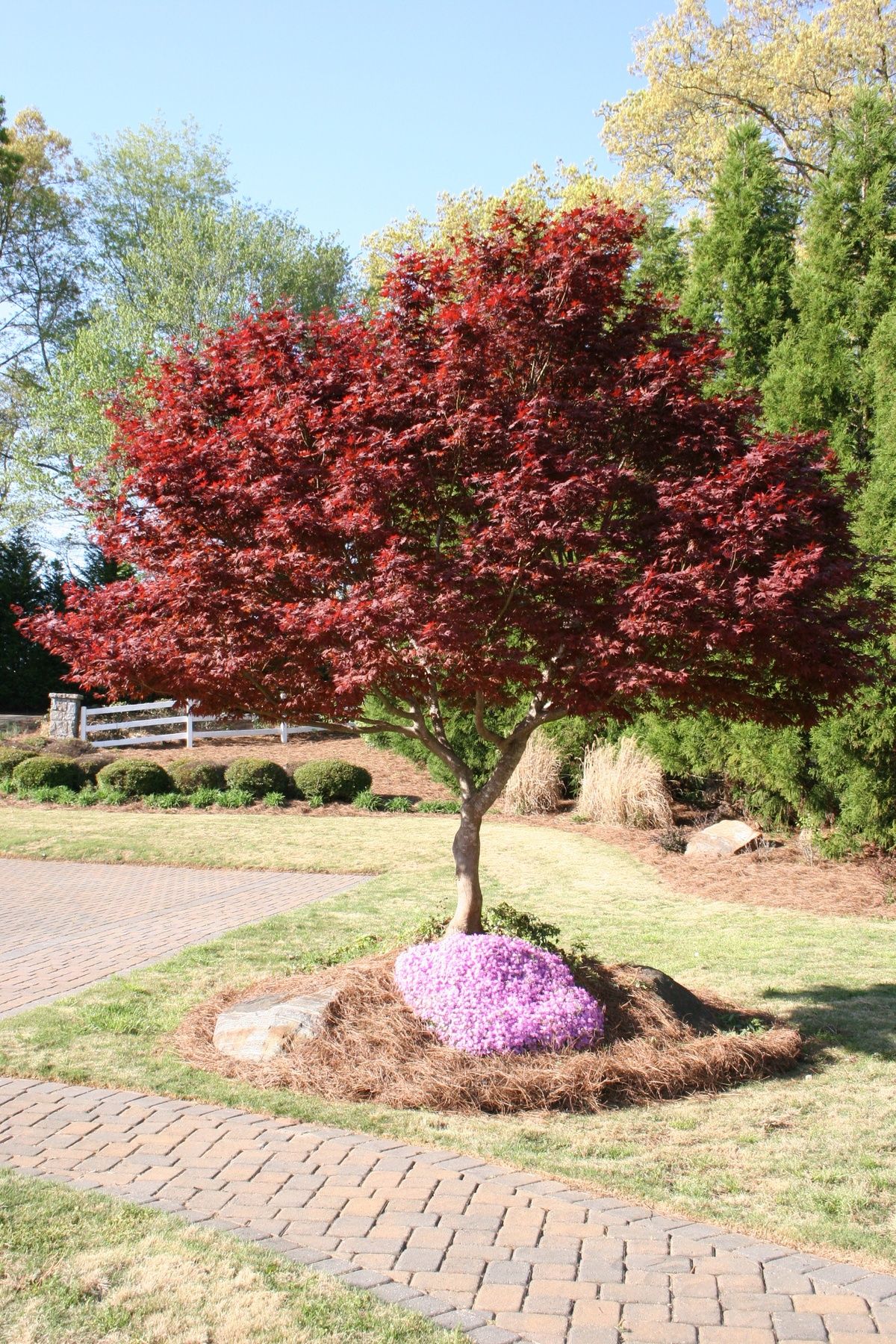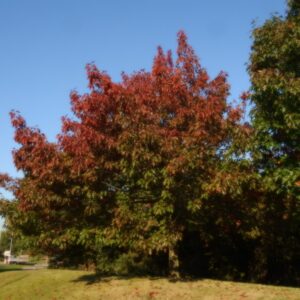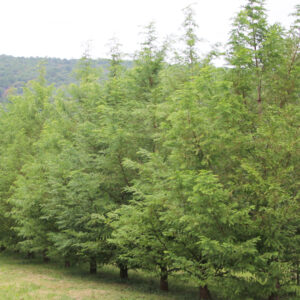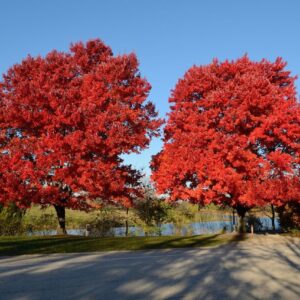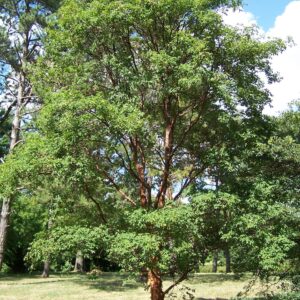Description
Japanese Maple 'Bloodgood' Characteristics
While Japanese Maple 'Bloodgood' often have one trunk, these ornamental trees can become multi-stemmed, resembling more of a shrub. The small flowers are not showy from afar, but can be quite attractive up close. 'Bloodgood' propagate by samaras, often called "helicopters". Samaras have a seed contained at the base with a wing that causes it to spiral to the ground.
'Bloodgood' are low maintenance trees if installed in appropriate locations and with proper care. They should be minimally pruned, if at all. Pruning in the summer can cause significant damage to these trees. New foliage is vulnerable to scorching if in direct sun and given too little water. To help prevent this, a layer of mulch to help hold in moisture is recommended. Strong winds can damage the branches. Some fertilization may be necessary. If the soils are too high in pH, chlorosis can occur. Foliage tends to bloom early in the spring and can be damaged by late frosts if not protected.
Japanese Maple are vulnerable to some disease and pestilence issues. Root rot can happen if the soil is poorly drained. Other diseases include stem canker, leaf spots, fusarium, verticillium wilt, botrytis, and anthracnose. Some potential pests include alphids, scale, borers, bagworms, weevils, and mites.
-
USDA Climate Zone
Zones 5 - 8
-
Height
15.00 - 20.00
-
Spread
15.00 - 20.00'
-
Bloom Time
April
-
Water
Medium
-
Sun
Full Sun - Part Shade
-
Maintenance
Low
-
Deer Resistant?
Yes
